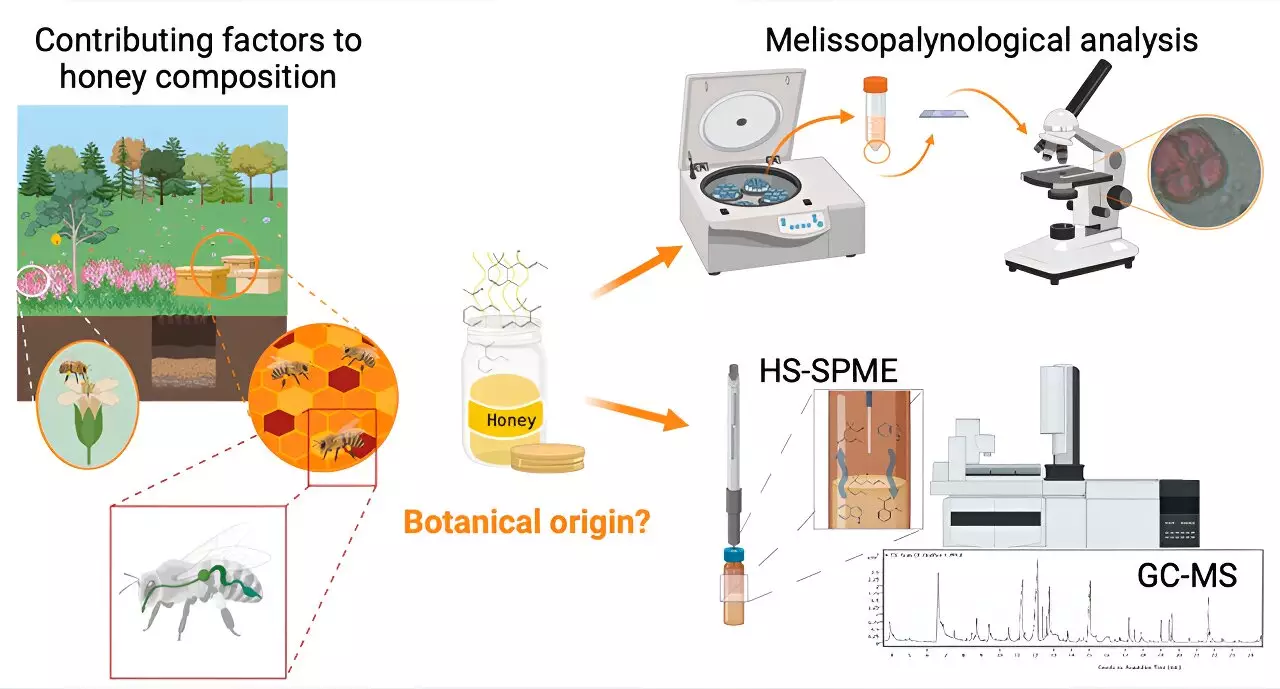The art of perfumery is not merely a modern fascination; it’s a craft with a historical depth that stretches back over 3,000 years. At the heart of this ancient tradition lies Tapputi-belat-ekalle, hailed as the world’s first chemist. Operating in Mesopotamia during the Middle Assyrian period, Tapputi led a collective of expert female fragrance makers. These women were not only creators of captivating scents but were also revered for their intricate understanding of the aromatic and medicinal properties of plants and flowers. The inscriptions chronicling her methodology provide a glimpse into an era when the fusion of art and science was already in practice, laying the groundwork for what we understand about fragrance today.
The Science Behind Scent
The invention of perfume hinges on the mastery of volatile compounds—molecules that readily evaporate and impart scent. Tapputi and her team developed sophisticated methods for extracting these compounds, employing techniques such as distillation, maceration, and infusion, which are foundational blocks in modern perfumery. Time-honored practices, such as boiling plant materials to obtain essential oils or soaking them to extract their essence, demonstrate an early grasp of processes that not only defined the fragrance industry but also influenced other scientific fields, like pharmacology.
In addition to these extraction methods, the refinement process Tapputi employed to create “royal-worthy” perfumes showcased a meticulous pursuit of perfection. The multi-step approaches of heating, cooling, filtration, and blending exhibit a remarkable interplay between nature’s gifts and human ingenuity. This sophisticated manipulation of scent compounds resonates in today’s perfumery, where the alchemical process is both an art and an empirical science.
The Role of the “Nose” in Perfumery
Today’s perfumers, often referred to as “noses,” carry on the legacy of Tapputi by blending creativity with chemistry. These skilled artisans possess an acute ability to discern nuances in fragrance and recreate them in their laboratories. Their work is not merely about crafting a pleasant scent but involves a comprehensive understanding of how different volatile compounds interact, ensuring that the resultant perfume maintains its integrity and appeal over time. The process is akin to composing a symphony, where each note must harmonize with others to create a cohesive experience for the wearer.
Noses also play a critical role in sensory analysis across various industries—be it food, beverages, or cosmetics—merging their expertise with scientific methodologies to understand and enhance the sensory characteristics of products. This cross-disciplinary approach to aroma exploration is shaping our understanding of flavor and fragrance in profound ways.
Technological Innovations and Aroma Research
As we advance into a more technologically driven world, the field of aroma research is on the brink of revolution. Innovations such as electronic noses (e-noses) are poised to change not just the fragrance industry but also medical diagnostics and food quality assurance. By mimicking human olfactory detection, e-noses analyze the volatile compounds present in a sample and can determine various qualities—from freshness to medicinal properties. This technological leap offers a promise of objectivity in a domain that has long relied on subjective human perception.
Research initiatives, like those investigating the aroma profile of Irish honey, highlight the trend toward scientific inquiry into nature’s rich offerings. Understanding the floral origins of honey or pinpointing the subtle variations in perfume composition reinforces the importance of precision in fragrance sourcing and manufacturing.
The Psychological Dimensions of Fragrance
Beyond the science of scent lies a fascinating exploration of its psychological impacts. The emotional resonance of certain fragrances can evoke vivid memories or stir emotions in unique and complex ways. This interplay between olfaction and emotion is still gaining recognition in the realms of psychology and neuroscience. Perfumery is no longer seen merely as a means of adornment; it is an evocative tool that can influence mood, spark nostalgia, and even function as a bridge to forgotten experiences.
In ancient times, perfumes served not just as personal embellishments but heralded spiritual significance, often used in rituals as offerings to deities. This underscores the timeless nature of scent in human culture, where aromas have forged connections between people and the divine, or between one another.
Exploring the world of fragrance is akin to embarking on an exploration of human history and emotion. The alchemy of scent, from Tapputi’s innovative method of extraction to the modern developments in technology and psychology, reveals a narrative rich in complexity and creativity. The boundless possibilities of scent continue to inspire not only perfumers but also everyday individuals eager to capture memories or convey emotions—proving that perfume is much more than just a commodity; it is an expression of who we are.

